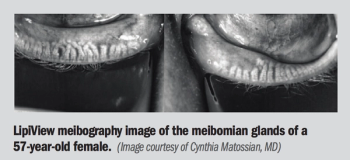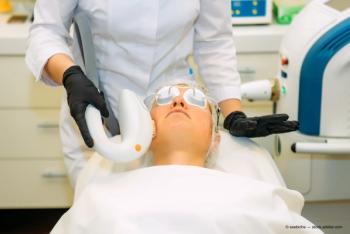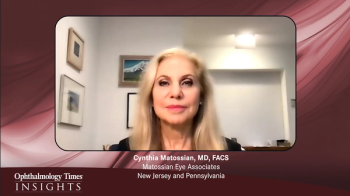
Cynthia Matossian, MD, FACS, provides an overview on dry eye flares, including causes, symptoms, and her experience with dry eye flare patients.

Cynthia Matossian, MD, FACS, provides an overview on dry eye flares, including causes, symptoms, and her experience with dry eye flare patients.
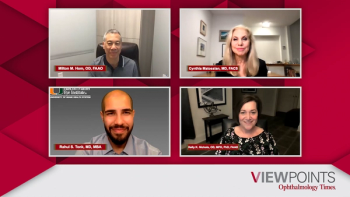
Unique clinical trials and novel products of interest currently under investigation for the treatment of dry eye disease.

A panel of ophthalmologists and optometrists conclude a discussion about dry eye disease by commenting on advances occurring in the field and future expectations for managing patients.

Strategies that can help eye care specialists work with patients to establish and stick to treatment plans for dry eye disease.

Types of in-office procedures currently being used by ophthalmologists and optometrists to aid in the treatment of dry eye disease.

Eye care specialists describe when corticosteroid therapy should be considered to treat dry eye disease and describe best practices when treating pre-surgical patients.

The most common types of artificial tears recommended to help manage dry eye disease and the importance of proper use for full benefit.

Eye care professionals discuss their comfort in recommending oral omega-3 fatty acids to help treat dry eye disease.

Increased time on digital devices and erratic schedules have disrupted patients’ management of their MGD and dry eye disease.

How to select and discuss sequential therapy with patients who have dry eye disease and set expectations for treatment.

Resources and strategies that can be used to help educate patients about dry eye disease and optimize adherence to therapy.

Criteria that would prompt further evaluation for dry eye disease and the types of tests used to work-up and accurately diagnose the condition.

Eye care professionals explain the impact of unstable tear film and untreated dry eye disease on patient quality of life.

The impact of autoimmune and systemic diseases as well as environmental triggers on the development of dry eye disease.

A panel of ophthalmologists and optometrists begin a discussion on the management of dry eye disease by defining the condition and highlighting common symptoms.
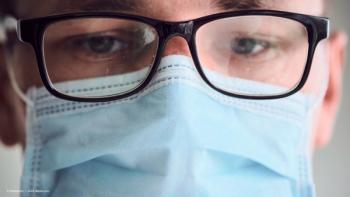
Cynthia Matossian, MD, FACS, ABES, explores the tie between mask wear and dry eye, causes behind a growing number of MGD cases, and offers mask safety tips for patient treatment.

Cynthia Matossian, MD, FACS, ABES, continues her discussion on MGD treatment by explaining why it's important for patients to understand that MGD and dry eye are lifelong, chronic conditions requiring regular maintenance and monitoring.
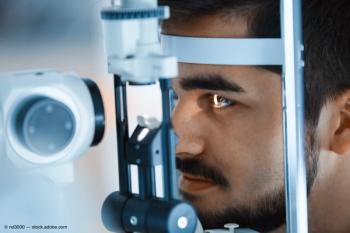
Cynthia Matossian, MD, FACS, ABES, discusses the big disconnect between signs and symptoms of ocular surface disease, including meibomian gland dysfunction, and why a clear process for educating patients and initiating treatment is essential.
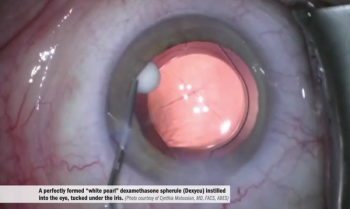
With intraoperative sustained release steroids, ophthalmologists can eliminate the gambles of patient adherence.
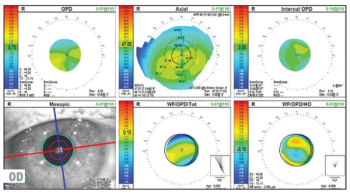
Study shows improvements in signs, symptoms after 3 months of treatment
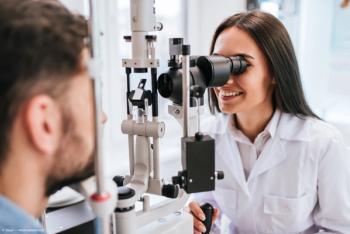
Cynthia Matossian, MD, FACS, advises on how ophthalmologists can start performing a better diagnosis of ocular surface disease in three simple steps.
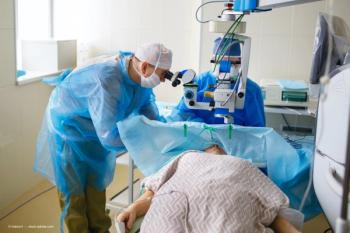
Cynthia Matossian, MD, FACS, explains why she believes if ophthalmologists consistently evaluate the ocular surface, tear film and lid margins—and treat any problems that we find—surgical outcomes will improve.
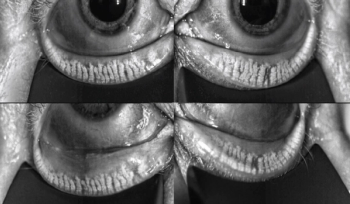
It's not always easy to convince early-stage, minimally symptomatic or symptomatic patients that their MGD should be treated. Cynthia Matossian, MD, FACS, explains why ophthalmologists shouldn't take this personally and how not to accept their denial as a final answer.

One ophthalmologist offers insight on how to help patients treat their dry eye symptoms when working from home amid the pandemic.


